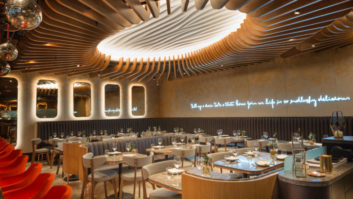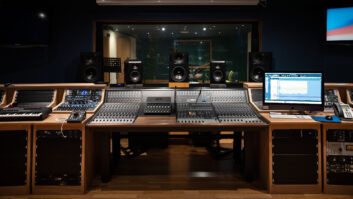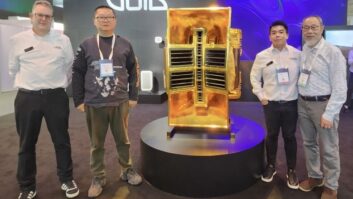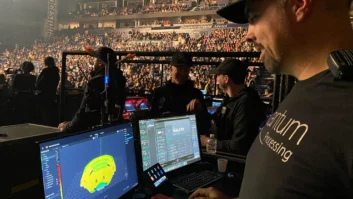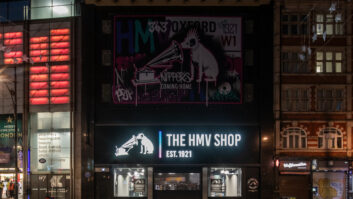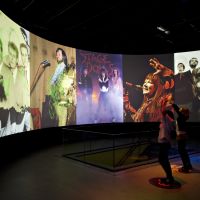
Firmly established as one of Norway’s leading visitor attractions despite having been open for barely a year, Rockheim is a ground-breaking museum that gives visitors a new insight into the history of Norwegian popular music and culture through a series of interactive spaces and exhibits.
Rockheim’s exhibition concept and related audiovisual infrastructure were designed and installed by Canadian company Parallel World Labs (PWL), under the guidance of its CEO, Stacey Spiegel.
“When we determined that projection was the only possibly display option for key exhibits in Rockheim, we sought expertise in quality, durability, and complex installation situations,” said Stacey Spiegel, CEO at Parallel World Labs , who designed the exhibition and AV infrastructure. “projectiondesign was not only the world leader in reliability, but also a Norwegian company with products capable of being installed in unique configurations that the Rockheim Tribute Wall, 1960s, 80s, and 00s Time Tunnels required. The projection systems designed and installed with projectiodesign have proven their reliability and quality every day in this demanding installation.”
“The main focus for PWL was on user control,” said Lars Gunnar Eggen, administrator at Rockheim. “Where a lot of museums simply serve the visitor content, at Rockheim you have to do something to get it. So the whole design is very sophisticated and makes extensive use of motion sensors and cameras, as well as multitouch screens, iPads, DMX lighting controllers and so on.”
The first major exhibit a visitor sees on entering Rockheim is the Tribute Wall, which is powered by six projectiondesign projectors. Each visitor chooses to stand in one of six circles, and can then move their arms to ‘virtually wipe’ the image from the projection screen in front of them if it is not to their taste, their movements being tracked by cameras and sensors whose data is then fed to the projectors. As the image clears, the next act from that era appears to play.
Elsewhere at Rockheim, projectiondesign’s technology is used to provide a backdrop to a series of immersive experiences designed to locate the visitor in the heart of a particular era – a famous recording studio or band rehearsal room, for example.
“Rockheim uses our F12, F22 and F32 projectors in ways that are truly inspirational, and its success shows not just the power of interactivity in museum engineering, but the power of projection in implementing it,” said Anders Løkke, International Marketing Manager, projectiondesign. “By offering an interactive alternative to traditional ways of representing history and culture, Rockheim sets a new standard for its industry, and we are very proud that our technology has been chosen to play such a key role here.”

